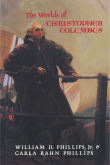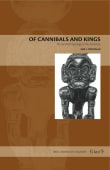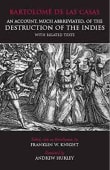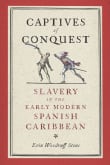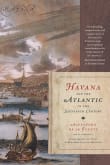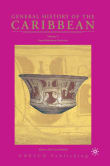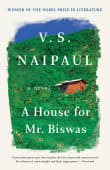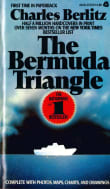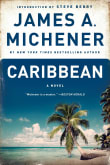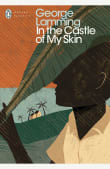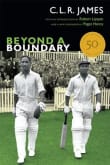Hispaniola
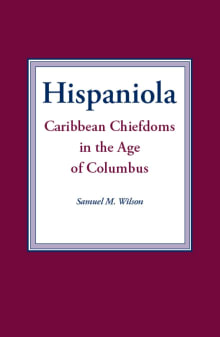
Book description
In 1492 Hispaniola was inhabited by the Taino, an Indian group whose ancestors had moved into the Caribbean archipelago from lowland South America. This book examines the early years of the contact period in the Caribbean and reconstructs the social and political organization of the Taino.
Why read it?
2 authors picked Hispaniola as one of their favorite books. Why do they recommend it?

This is an oldie but a goodie. There are not many accessible books about the earliest years of Spanish colonization, but this is probably one of the best. With a terrific narrative style, Wilson showcases the years of Columbus's leadership at the head of the earliest colonizing efforts, and the increasing dissatisfaction of Spanish colonists towards Columbus, who was seen by many as a tyrant. In addition to this, Wilson reads between the lines of Spanish documents, and with the help of archaeological evidence, provides the reader with insightful interpretations of indigenous life, actions, and motivations.
From Juan's list on the Spanish Caribbean in the early colonial period.

Using archaeological evidence, Columbus’s Diary, and a few other sources, anthropologist Samuel Wilson constructs a fascinating account of Columbus’s earliest contacts with the Indigenous people of Hispaniola, focusing particularly on his interactions with the caciques (the local rulers). I especially appreciate Wilson’s effort to understand these encounters from the Indians’ perspective and to explain how they might have experienced early contact with Europeans in terms of their culture and worldview. Wilson’s book sheds much-needed light on the crucial but little-known first few years in Hispaniola following Columbus’s arrival there. I learned a great deal from this compact book and…
From Ida's list on what happened after Columbus got to the Caribbean.
Want books like Hispaniola?
Our community of 12,000+ authors has personally recommended 100 books like Hispaniola.


